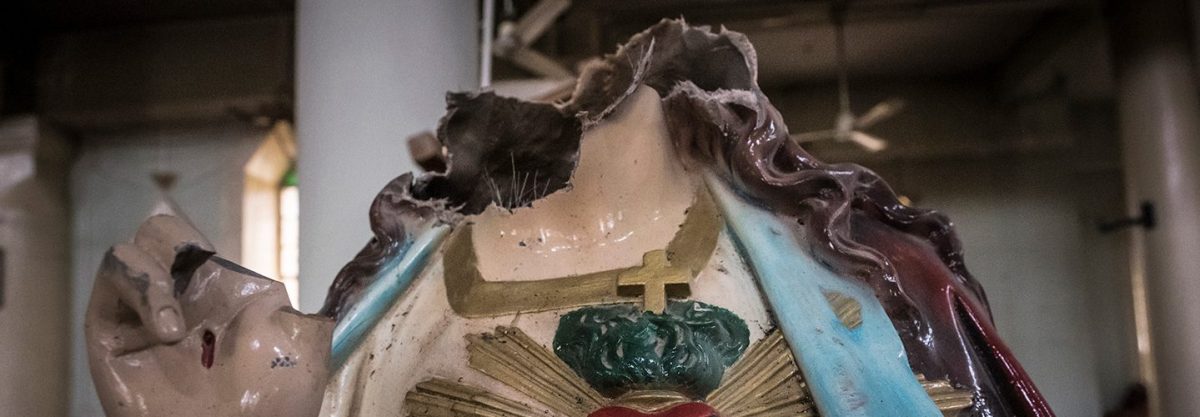History will show this as a chaotic time in the art and antiquities trade, one rife with plunder.
Last month, RCL reported on a pair of antiquities dealers—based in New York and Switzerland—who have been under investigation by international authorities for allegedly selling art plundered by ISIS. While no charges have been brought against the dealers, one thing from the story is clear: The source of ancient artifacts has become highly dubious in recent years.
The reason? ISIS, who has been occupying sections of Iraq and Syria for years now, have been both plundering ancient sites in the countries and using the proceeds to fund international terror attacks—and just laying waste to them.
But as the Wall Street Journal explains, while not condoning ISIS’ acts, there is historical precedent for what they’re doing. “In ancient times, it was a given that no victory was complete without the final humiliation of cultural destruction,” writes the Journal‘s Amanda Foreman. “In a show of power, the enemy’s temples, art, and monuments had to be publicly despoiled.”
But as time wore on, certain artifacts like those with religious value were seen as “off-limits to invaders.”
Decades later in 1863, a lawyer named Francis Lieber worked with Abraham Lincoln’s White House on “a military code of conduct for the Union armies,” protecting sites like museums and churches from looting.
This article was featured in the InsideHook newsletter. Sign up now.
























